Deciding where to place your subject within the frame is a great place to start, but there are several techniques that will help your photograph invoke the reaction that you want your viewers to experience. Is your image a dynamic one, or is it more serene and peaceful? What emotion do you want the people to feel when they view your image? Below are a few suggestions that may help your image tell the story you want it to tell.
1: Horizontal or Vertical
One of the first things to consider when composing a photograph is whether to compose it vertically or horizontally. Don't just automatically shoot everything horizontal - consider your subject and the mood you want to convey. Many times the subject will dictate which would be a better composition (Da Vinci's Last Supper probably wouldn't work very well as a vertical composition), but the orientation of the composition can also convey a mood - for example, horizontal compositions tend to create a mood of wide-open, expansive - whereas a vertical composition can convey a feeling of height or depth.
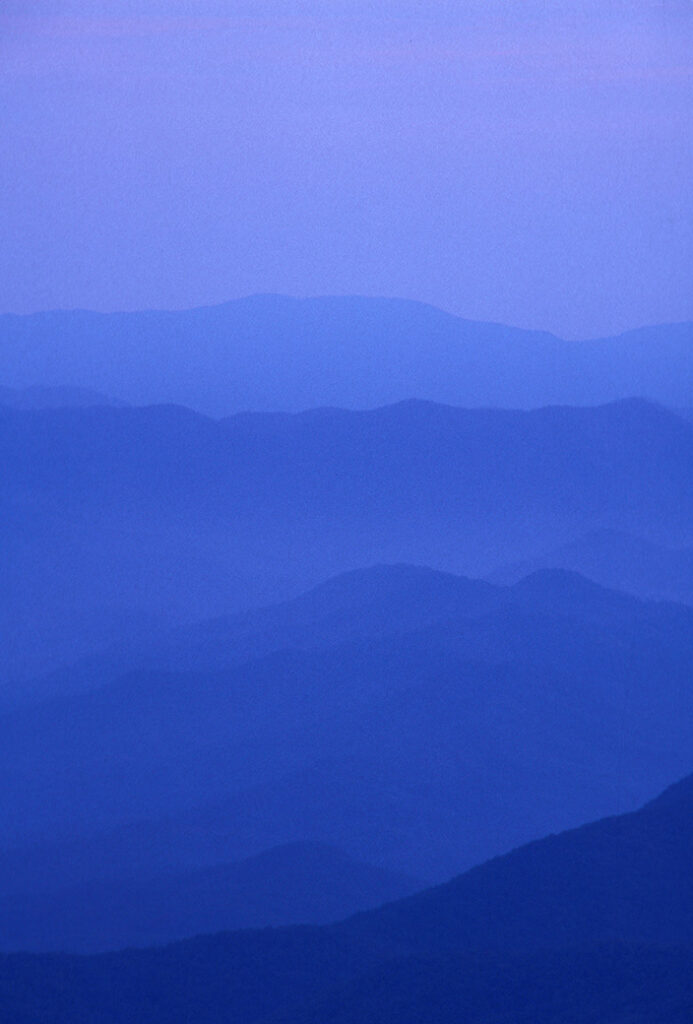
A vertical composition of these layers of mountains in an evening mist is OK...
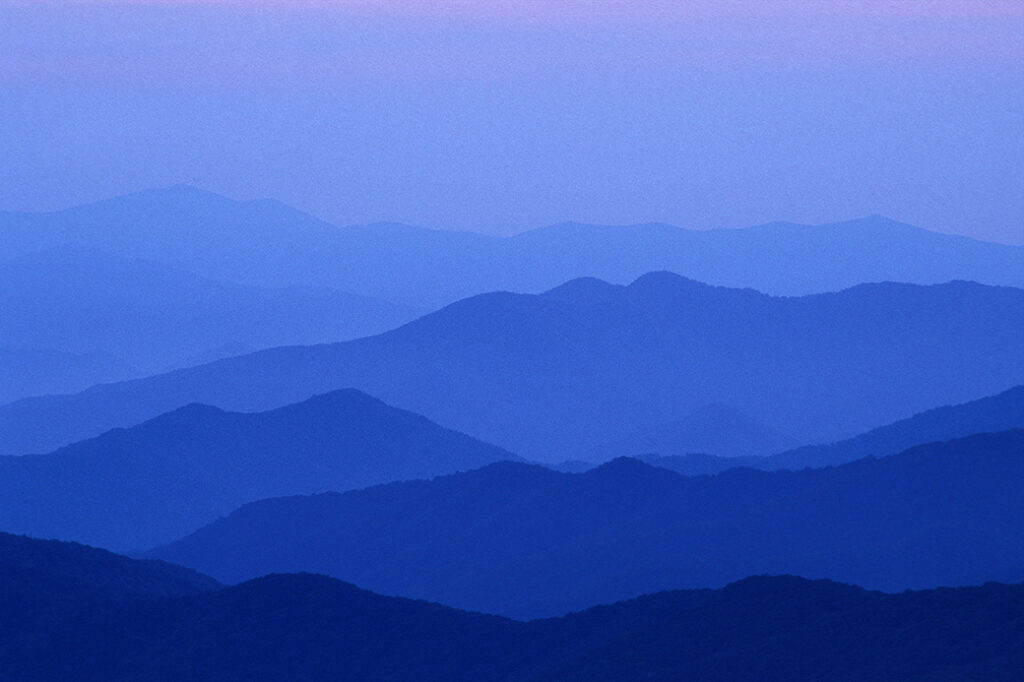
...but a horizontal composition captures the mood I wanted to create more effectively.
2: Guide The Viewer
Sometimes you may now want your subject to simply "pop out" at the viewer. Instead, you may want the viewer to "travel" through your image to get the full story - especially with scenics or landscapes. Use elements of your composition to "lead the eye" into or around the photograph. For example, you may have a scene of an old barn that you really would like to shoot. You could just take a shot of the barn - and it may even be a good photograph - but consider using the old fence in the foreground that leads to the barn. The eye will naturally follow the line of the fence until it comes to the barn - giving the viewer a nice "trip" through the photograph.
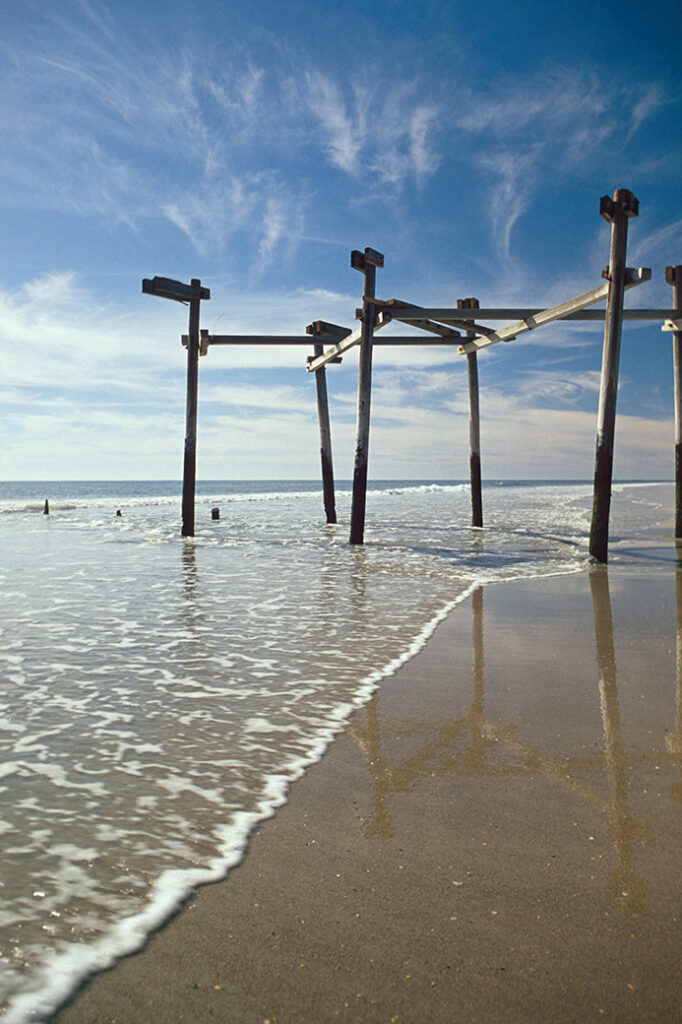
This skeleton of a pier caught my eye - with the wisps of clouds emanating above it looking like spirits. I waited until there was a wave and composed the image so that the foam of the wave created a line that drew the viewers eye to the pier.
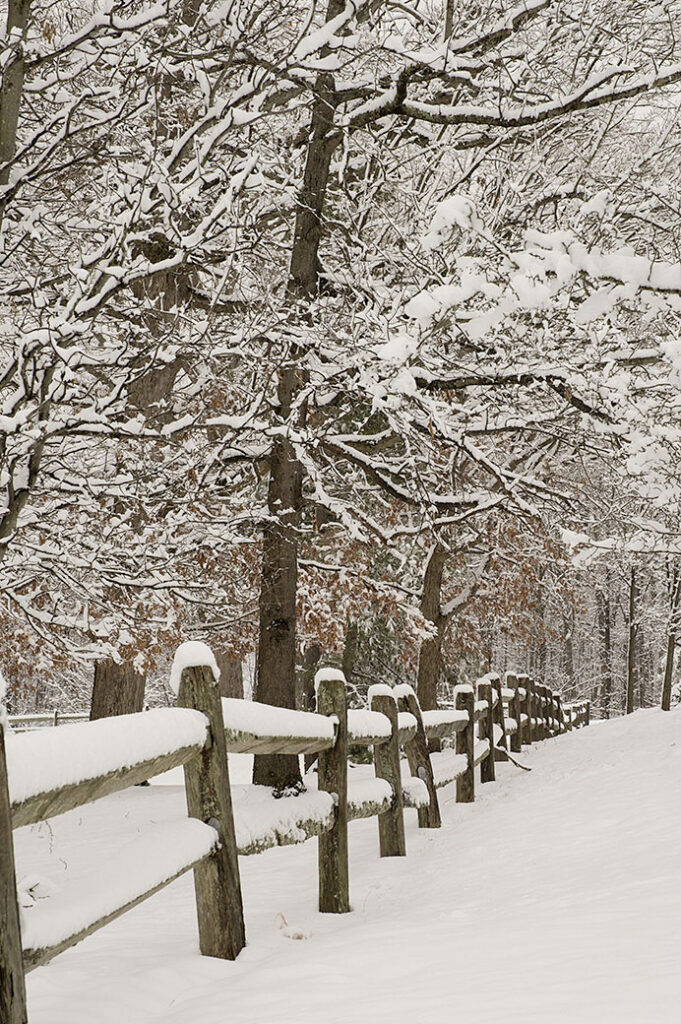
A beautiful snowy morning - the fence pulls the viewer into the scene, asking the viewer to walk along side of it into the woods.
3: Include Some Foreground
Including some element in the foreground, especially with scenics or landscapes, can anchor the viewer and give a sense of depth.
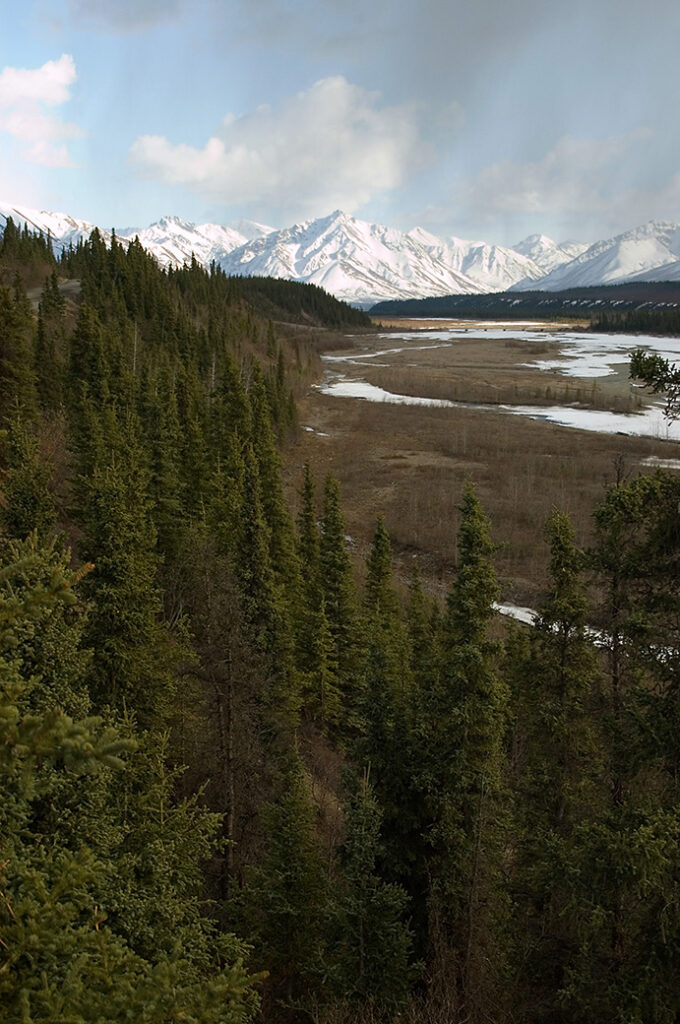
This is a pretty scene - but it looks a bit flat - needs some more interest.
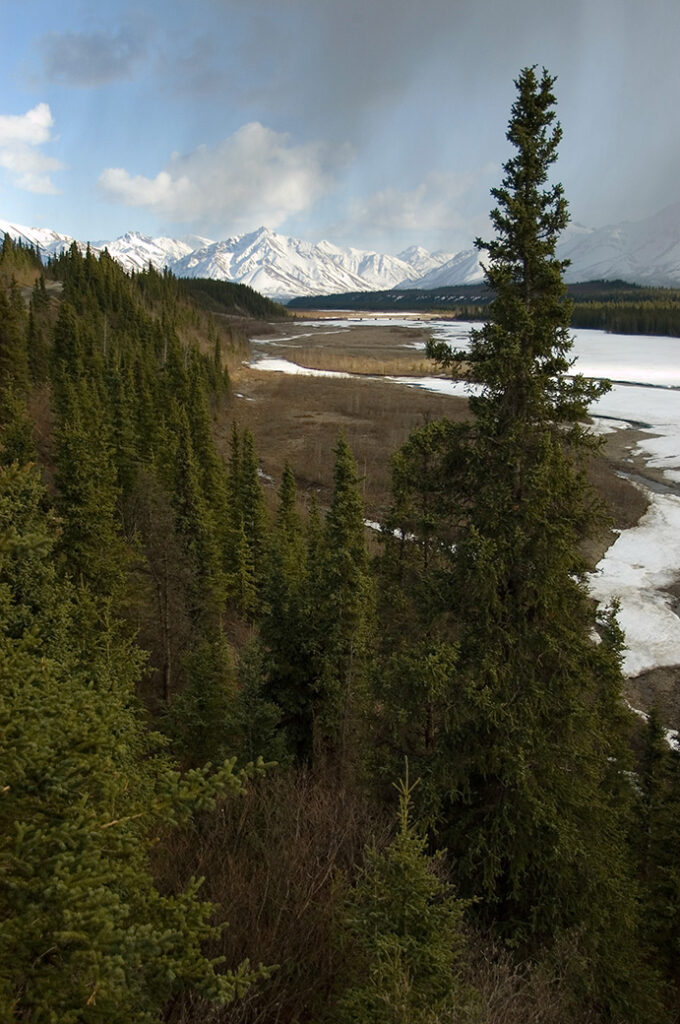
By shifting slightly, I've incorporated a tree in the foreground that gives some depth to the scene, adding more interest.
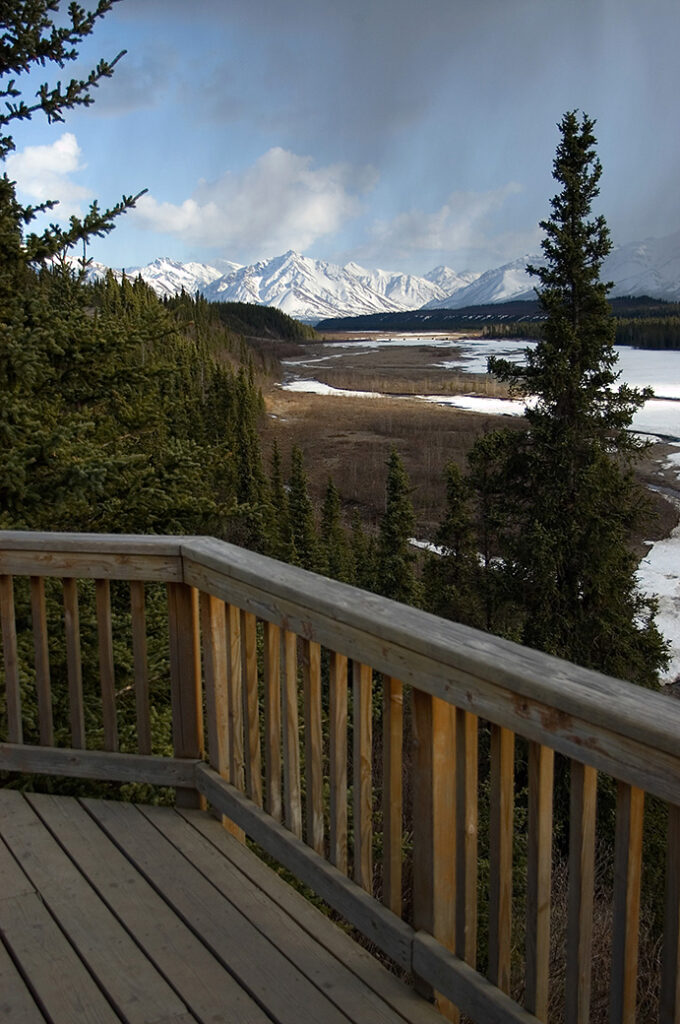
Backing up a bit and including some of the observation platform in the foreground creates an image that makes the viewer feel as if they were there, standing on the deck.
4: Frame It before You Frame It
Many images can be made more interesting by "framing" them within the scene. "Framing" refers to the use of foreground elements as "windows" into your scene. Think of it as a foreground element that wraps your subject.
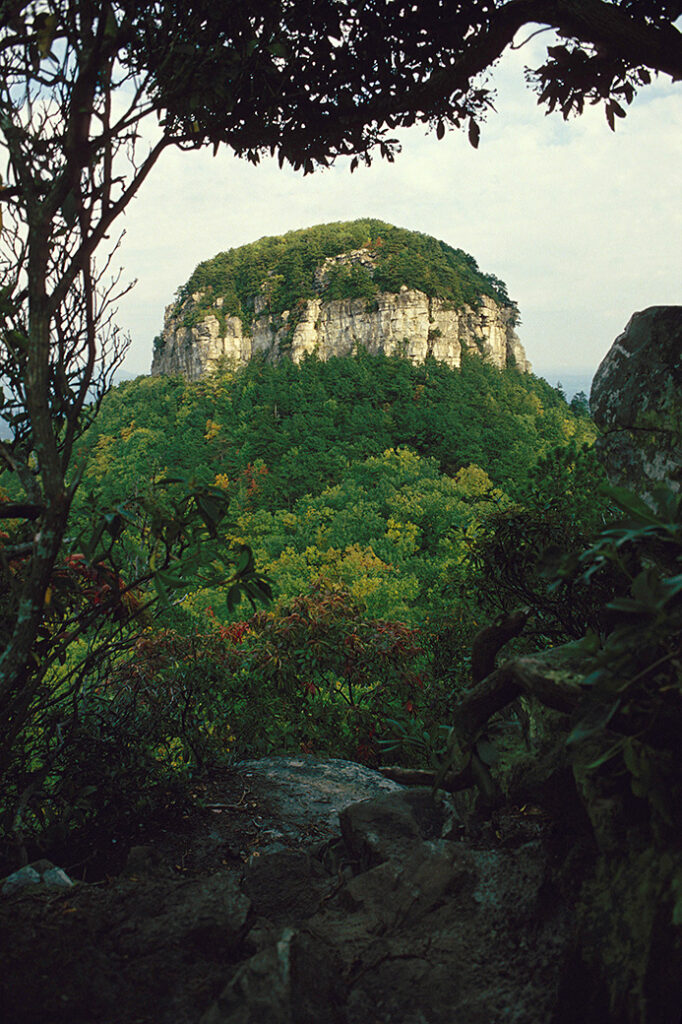
This shot of Pilot Mountain, NC needed a bit more interest, so I ducked behind some rocks and branches to create a "frame" around the pinnacle.
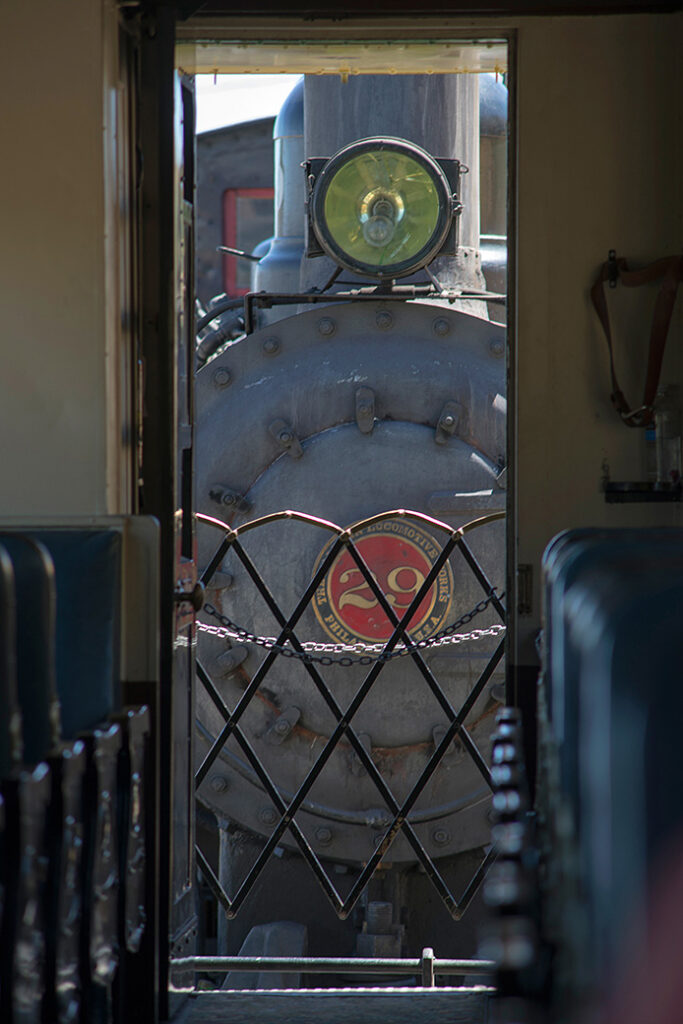
On the return trip form Virginia City to Carson on the Virginia & Truckee Railroad, the cars are reversed down the hill, with the engine facing backwards. I framed this image with the door of the car, giving the illusion that the locomotive was going to crash through at any moment.
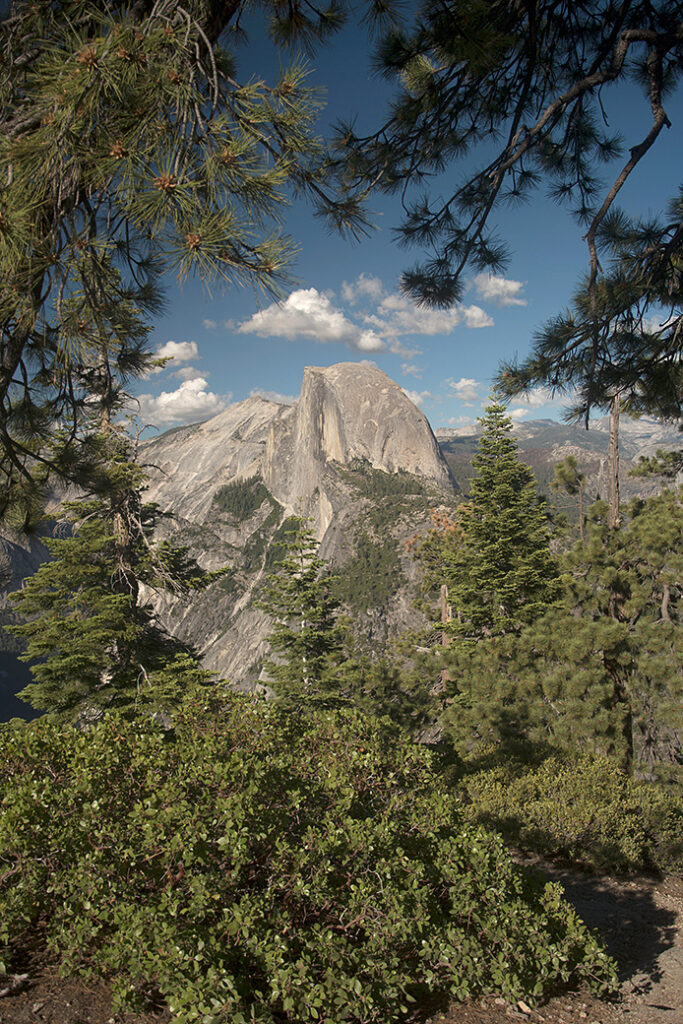
When photographing something as photographed as Half Dome in Yosemite National Park, the challenge becomes getting an image that is somewhat unique. Most images I've seen of Half Dome convey a feeling of wide-open expanse with massive rock formations, etc. I wanted to try to create a more intimate image by framing it with evergreen trees and boughs, giving it a "softer" feel.
5: Open or Closed
One way to categorize compositions is by dividing them into two types - closed compositions and open compositions. A closed composition is one in that the subject is neatly enclosed within the frame. For the viewer, the subject matter is clear and there is no doubt as to what the message of the image is - the subject is "closed" within the frame. An open composition, on the other hand, is one in which subject elements are extending beyond the edge of the frame. This type of composition can often create a more dramatic and interactive image, leaving to the viewer's mind as to what is occurring just outside of the frame.
symmetrical composition

This image of Jack-O'-Lantern mushrooms is an example of a closed composition. The mushrooms are entirely within the frame.
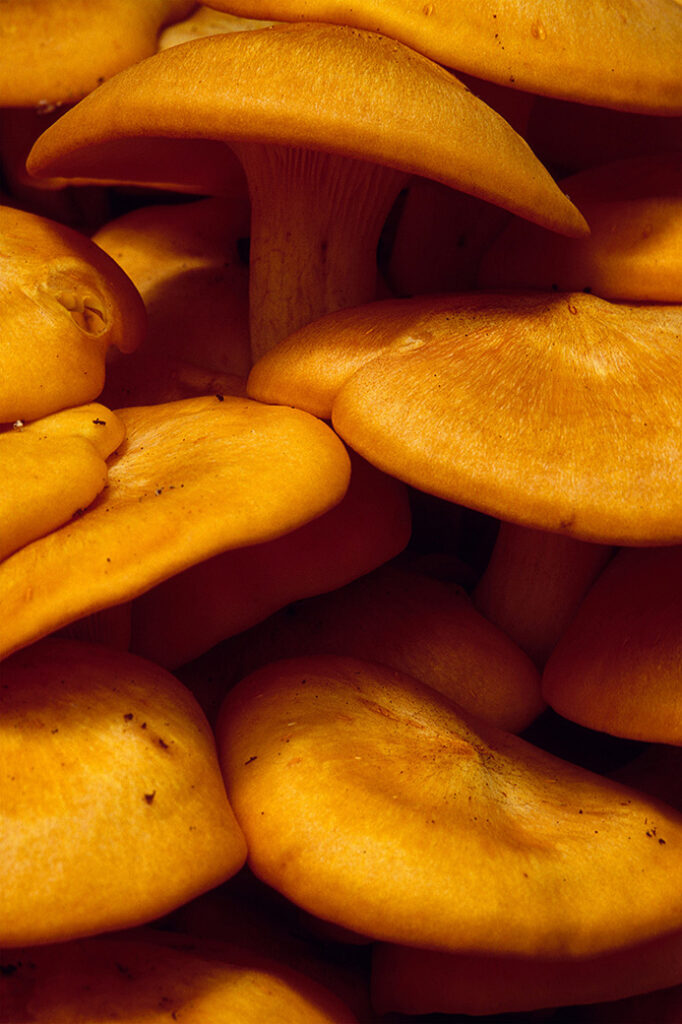
Here is an example of an open composition of some Jack-O'-Lantern Mushrooms. This gives the viewer no idea how far this cluster of mushrooms extends, leaving it to their imagination. Note that, even though this is an open composition, there is still a focal point in the form of the large cap towards the top of the composition.
5: Symmetrical Composition
There are, at times, subjects that may compel you to break all the of composition "rules" we've discussed so far. Symmetrical elements often benefit from symmetrical compositions, which divide the image into 2 or more identical but mirrored sections.
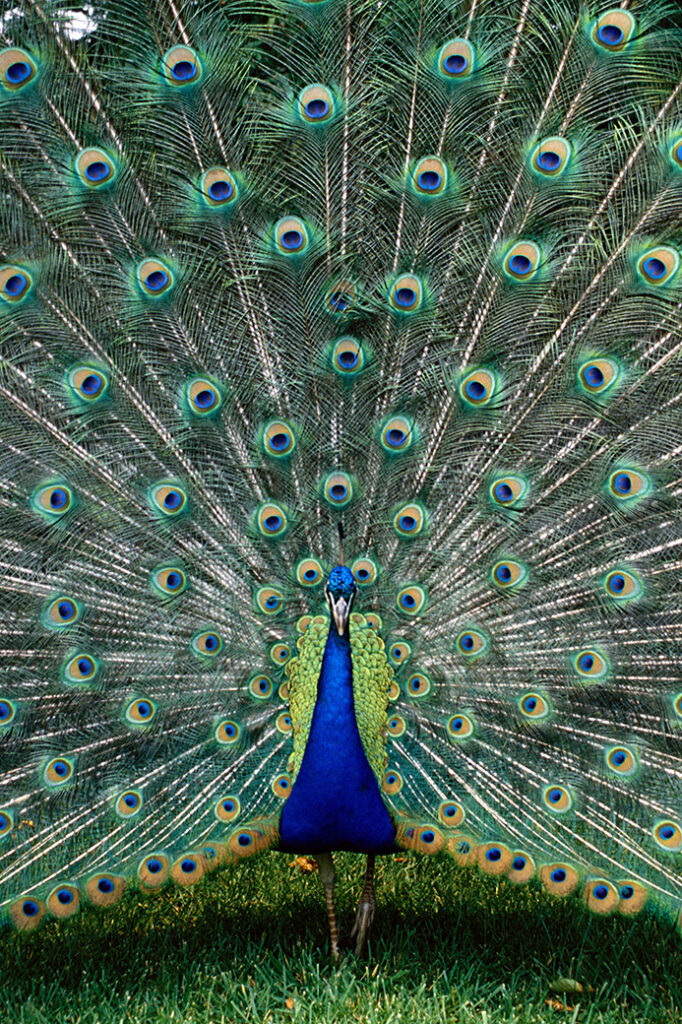
Facing a Peacock head-on, the left and the right are pretty much mirror images of each other. Composing the image with the bird's body right in the center emphasizes this.
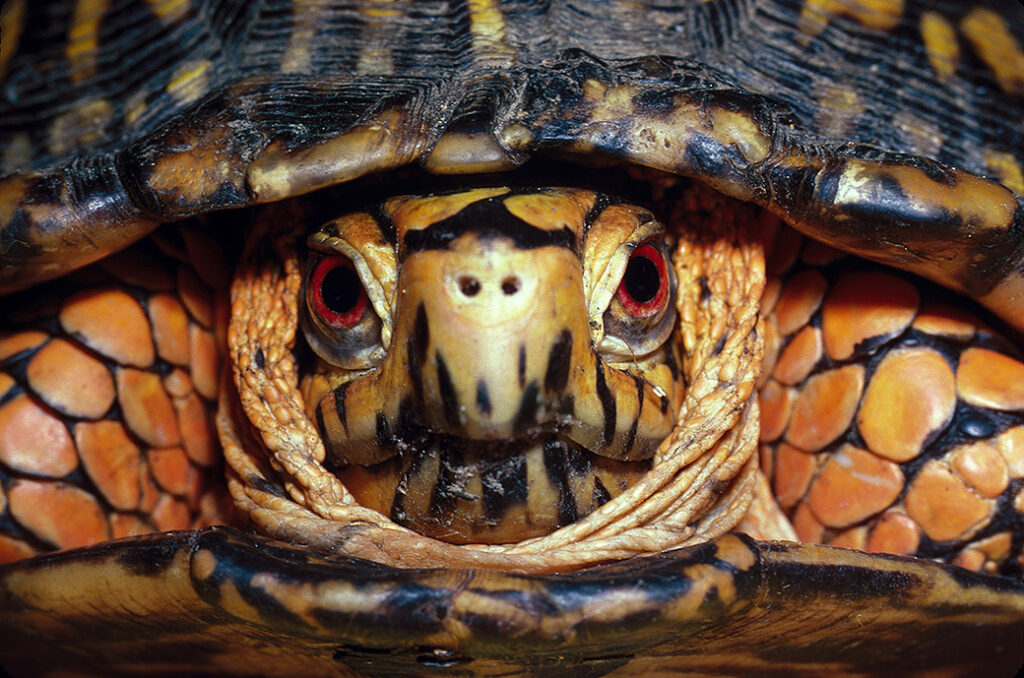
Same as the Peacock at left, this Eastern Box Turtle presents another symmetrical image. So much for the "rule of thirds"
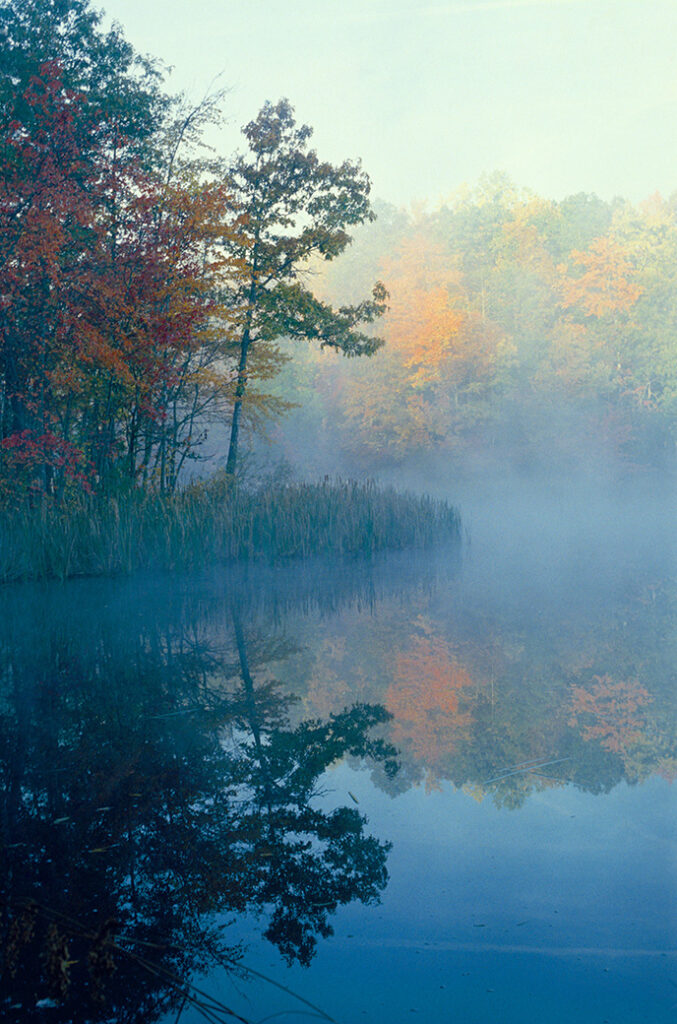
Reflections present great opportunities for symmetrical compositions.
